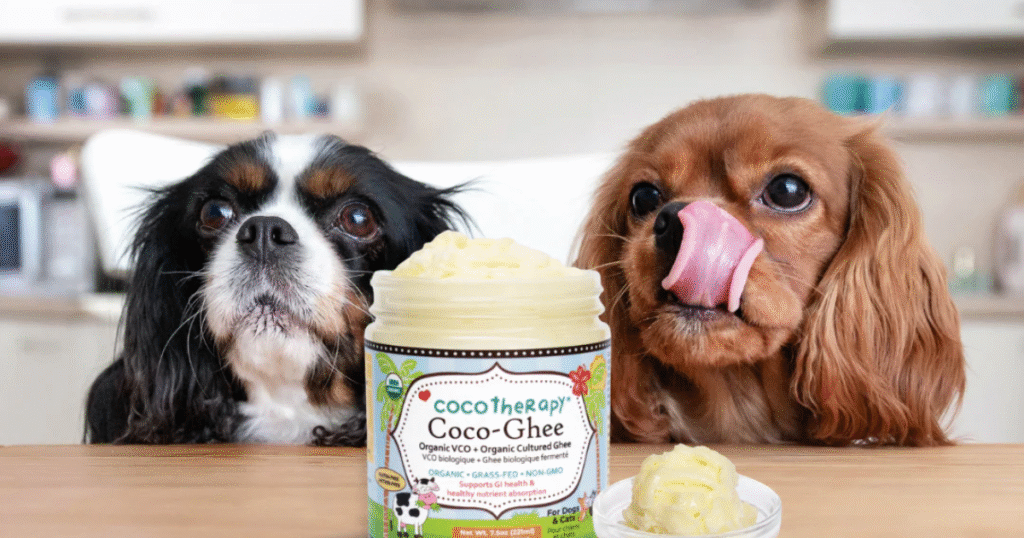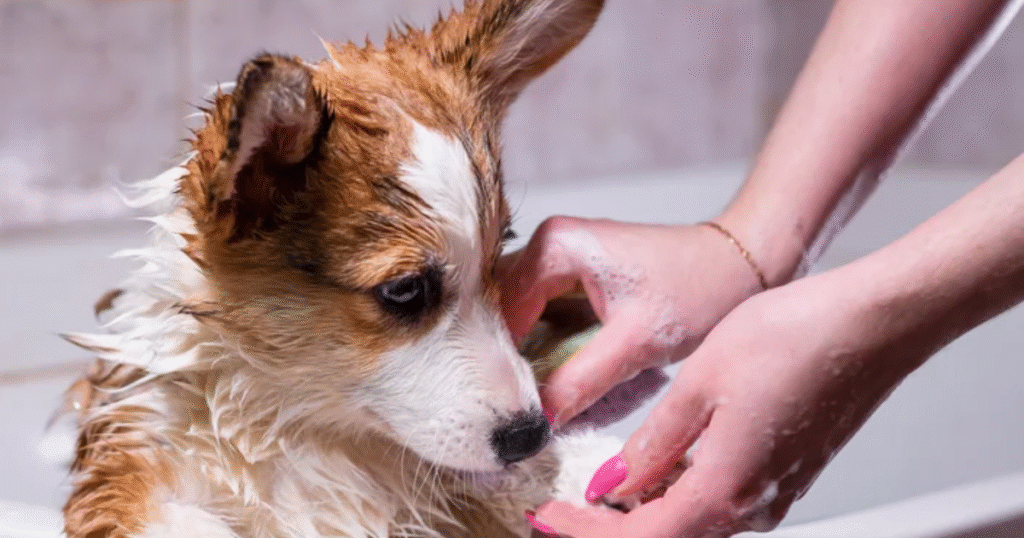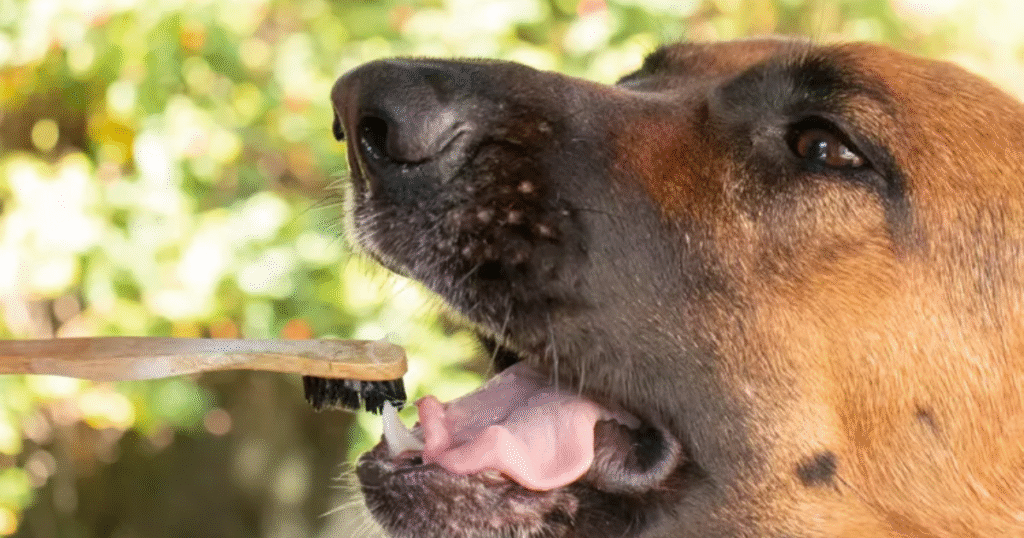
Pet owners have come to appreciate coconut oil for the possibly wonderful health advantages it offers. From improving coat shine to aiding digestion, this natural treatment provides many benefits for our dog pals. It’s important, though, to use it properly and talk to a vet before adding it into your dog’s routine.
1. Adding Coconut Oil to Meals and Treats
Adding coconut oil to your dog’s food can help with digestion and offer a fast energy source. Begin with little doses—roughly ¼ teaspoon each day for little dogs and up to 1 tablespoon for bigger breeds. Combine it into their normal diet or homemade goodies. Watch for any indications of digestive distress—such as diarrhea—and change the dosage as needed.
2. Applying Coconut Oil to Your Dog’s Skin
Topical application of coconut oil can calm dry, itchy skin and enhance coat quality. Lightly massage a small amount onto affected areas, letting it absorb for a few minutes. Some dogs might be sensitive or allergic to coconut oil, so exercise care. Always do a patch test and check with your veterinarian before general use.
Related: 5 Powerful Ways to Bond With Your Dog and Build an Unbreakable Relationship
3. Using Coconut Oil as a Coating on Pills

Administering drugs can be grueling . Sheeting capsules with a thin sub caste of coconut oil painting can make them more palatable and easier to swallow. This system is especially helpful for tykes that are reluctant to take capsules. ensure the lozenge’s effectiveness is not compromised by the oil painting coating.
4. Using Coconut Oil to Soothe Minor Wounds
Coconut oil painting possesses natural antibacterial and anti-inflammatory parcels, making it suitable for treating minor cuts and scrapes. Apply a small quantum to the affected area to promote mending and help infection. Avoid using it on deep or serious injuries, and consult your veterinarian for proper care.
5. Brushing Your Dog’s Teeth with Coconut Oil

Dental hygiene is pivotal for your canine’s overall health. Coconut oil painting can serve as a natural toothpaste volition due to its antimicrobial parcels. Apply a small quantum to a toothbrush or your cutlet and gently brush your canine’s teeth. This practice can help reduce shrine buildup and freshen breath.
Related: What to Expect at Your Dog’s First Vet Visit
Final Thoughts
While coconut oil painting offers several benefits for tykes , it’s essential to use it judiciously. Always consult with your veterinarian before introducing new supplements or treatments into your canine’s authority. Cover your pet for any adverse responses and acclimate operation as necessary.
Frequently Asked Questions
1. Is coconut oil safe for all dog breeds?
Yes, coconut oil painting is generally safe for utmost canine types when used in temperance. Still, always start with a small quantum and consult your warhorse, especially if your canine has disinclinations or digestive perceptivity.
2. How much coconut oil should I give my dog?
The recommended lozenge is about ¼ tablespoon per 5 kg of body weight per day. Start with lower quantities and gradational increase to avoid digestive issues.
3. Can coconut oil help with my dog’s dry skin?
Absolutely! Coconut oil painting can moisturize dry or short skin and promote a brilliant, healthier fleece. Gently blarney it into the skin 2 – 3 times per week.
4. Is it okay to brush my dog’s teeth with coconut oil daily?
Yes, brushing with coconut oil painting many times a week can help reduce shrine and freshen breath naturally. It’s a gentle, chemical-free volition to traditional toothpaste.
5. Can I use coconut oil on my dog’s wounds or hot spots?
Yes, coconut oil painting has antibacterial and anti-inflammatory parcels, making it useful for soothing minor injuries, cuts, or skin vexations. For serious injuries, always seek veterinary care.
6. Does coconut oil help with fleas or ticks?
While not a relief for veterinary flea treatments, coconut oil painting can act as a mild natural repellent. Apply a thin subcaste to your canine’s fleece, especially in flea-prone areas.
7. How can I tell if my dog is allergic to coconut oil?
Watch for signs like puking, diarrhea, itchiness, or inordinate licking. However, stop use incontinently and consult a warhorse, If any of these symptoms do.
One Response